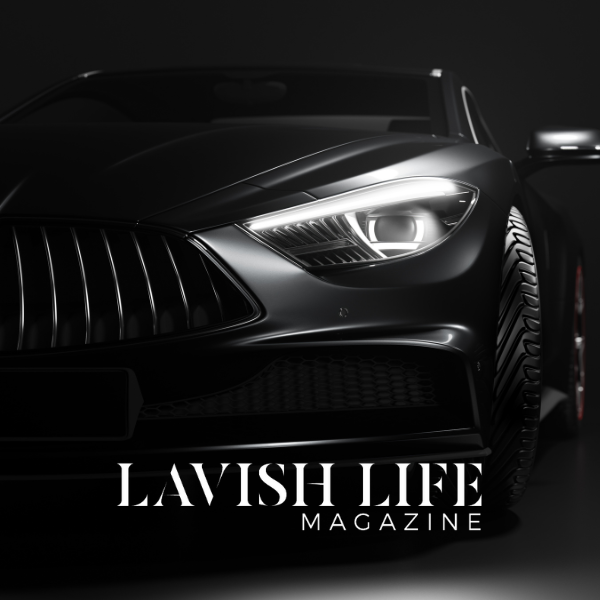The Fiat 124 Sport Spider Remains One of the Best Classic Bargains

As decades pass, the dust of history settles on once-ubiquitous cars to the point that they become obscured from the consciousness of modern collectors. Figuratively speaking, the shiniest new models take the limelight and get parked in front by the valet, as familiar old automotive faces are relegated to the back parking lot, awaiting rediscovery by younger generations of enthusiasts. Even the Volkswagen Beetle—with 21.5 million built over 65 years—is so rarely seen today that encountering one on the road is a rare sight indeed.
Another such car is the Fiat 124 Sport Spider. With nearly 200,000 made from 1966 to 1985, the model was not nearly as plentiful or long-lived as VW’s Beetle, though in period, it was impossible to go a day in Los Angeles traffic without seeing at least one or two of Fiat’s delightful sports car.
This 1979 Fiat 124 Sport Spider sold for $16,800 at an RM Sotheby’s auction in 2020.
RM Sotheby’s
The Fiat 124 Sport Spider is also proof that an Italian car doesn’t have to be a Ferrari to be beautiful. As is the case with the aesthetics of people, exquisite lines can be found on patrician and proletariat cars alike. As with almost every Ferrari of the era, the 124 Sport Spider had a body designed by Pininfarina. The mid-1960s was a fertile period for Italian coachbuilders, and Pininfarina delivered two beautifully dressed competitors to the world stage in 1966.
The Alfa Romeo “Duetto” Spider, personally designed by Giovanni Battista “Pinin” Farina, was unveiled in March of 1966, while the Fiat 124 Spider debuted in November of the same year. The latter was penned by Pininfarina designer Tom Tjaarda, who was also author of the 1964 Ferrari 330 GT 2+2 and, later, the De Tomaso Pantera when he worked with Ghia. Tjaarda’s design for the Fiat has stood the test of time, with understated lines and perfect proportions that make it the classic blue blazer or little black dress of sports cars.

Per the auction house’s lot description, the tan interior of this example features a Koss radio and cassette player; a reminder of the era the car came from.
RM Sotheby’s
The 124 Sport Spider’s formula, as with the Alfa, was simple and proven: a twin-cam inline-four engine driving the rear wheels, and a steel monocoque body. However, at a cost of about $2,000 in 1970, the Fiat had a friendlier price compared to that of the Alfa, which came in at about $3,500 back then, making the Fiat an attractive alternative for stylish enthusiasts on a budget.
Displacement of the reliable aluminum DOHC engine, designed by ex-Ferrari engineer Aurelio Lampredi, grew from 1.4 liters to 2.0 liters over the years, with Weber carbs being replaced by Bosch fuel injection in 1980. Power is modest, but playing the revs extracts around 115 hp in 1.8- and 2.0-liter versions. Rare turbo and supercharged variants, made late in the game, bumped output to 130 hp or so.

This car’s 1,995 cc inline-four engine is mated to a five-speed manual transmission.
RM Sotheby’s
A five-speed manual gearbox and four-wheel disc brakes were standard by 1969. Appealing to a broader audience, an optional three-speed automatic (sourced from GM) was available from 1979 through 1985 for North America and Japan. The front suspension uses unequal-length wishbones with coil-over dampers, and the car has a coil-spring live-rear axle. With the Spider tipping the scales at just 2,100 pounds to 2,400 pounds, handling is responsive, and a reminder that the power-to-weight ratio is the all-important metric.
Fiat’s 124 Sport Spider came to North America in 1968, and was produced solely for the U.S. market from 1975 to 1981. Europe got it back in 1981, and had it available there until the end of production. Fiat actually turned production over entirely to Pininfarina in 1982, but the cars—called the Pininfarina Spider—are essentially the same. Examples imported from 1975 through 1985 had rather ungainly impact bumpers, so early, chrome-bumper cars are aesthetically more desirable. Most interiors are vinyl and, unbelievably, accommodation for two additional passengers (if on the smaller side) can be discovered behind the front seats. The fabric top, unlike many of the period, can be raised or lowered from the driver’s seat with just one hand.

From the years 1975 to 1981, the Fiat 124 Sport Spider was built solely for the U.S. market.
RM Sotheby’s
Today’s stateside buyers are fortunate in that about three quarters of all 124 Sport Spiders built came to the U.S., so good examples are regularly on the market. As with some other cars, condition establishes value more than specific year or model. Be on the lookout for rust and corrosion. The good news is that drivetrains are relatively reliable, but timing belts must be replaced at needed intervals.
Parts are remarkably affordable, and maintenance is handily accomplished by owners with basic mechanical skills. Cars in good condition can be found for $15,000 or less, while concours examples will cost double that or more. Regardless, it’s hard to think of a classic convertible that offers more bang for the buck than the enduring Fiat 124 Sport Spider.
Click here for more photos of this 1979 Fiat 124 Sport Spider.
Authors
-

Robert Ross
Automotive editorial consultant Robert Ross began his publishing career in 1989, and has worked with Robb Report from 2001 to present writing about art, design, audio and especially cars—new and old…




